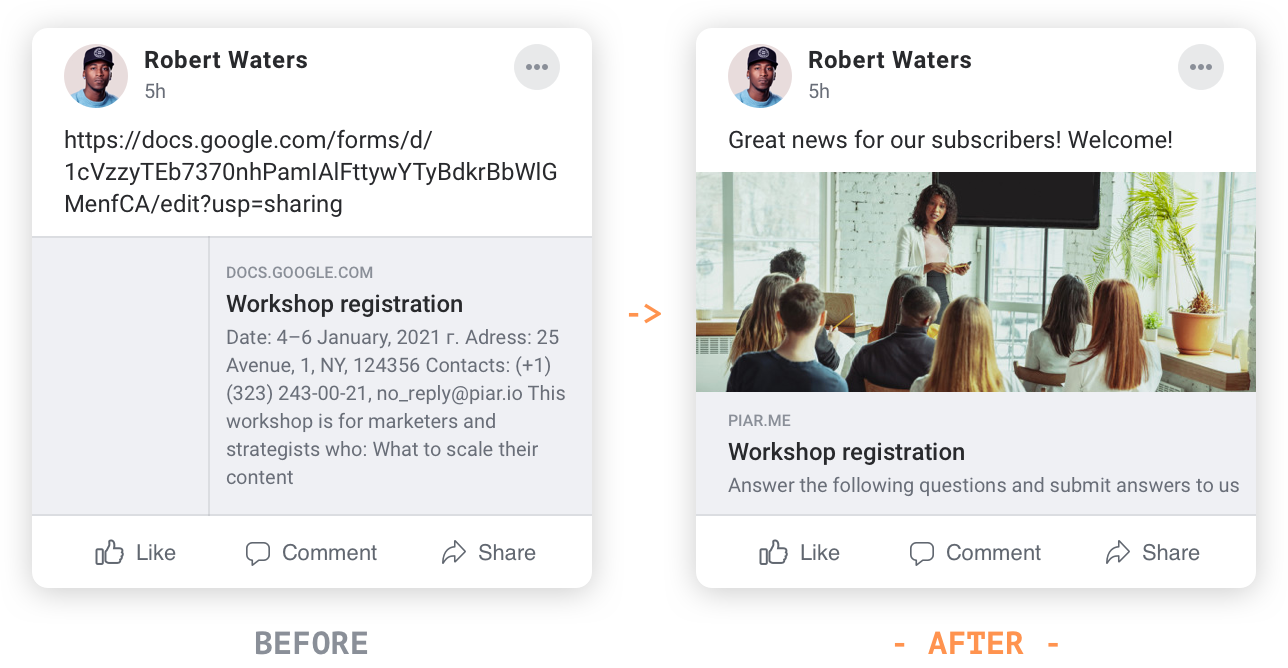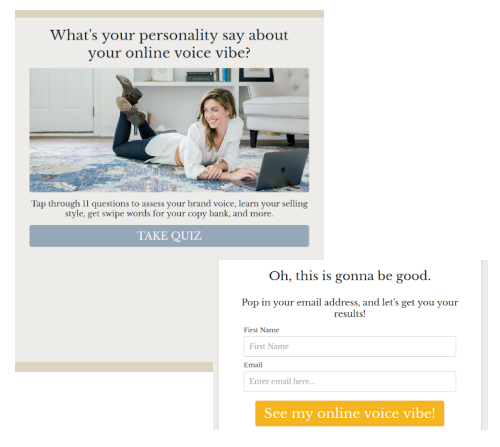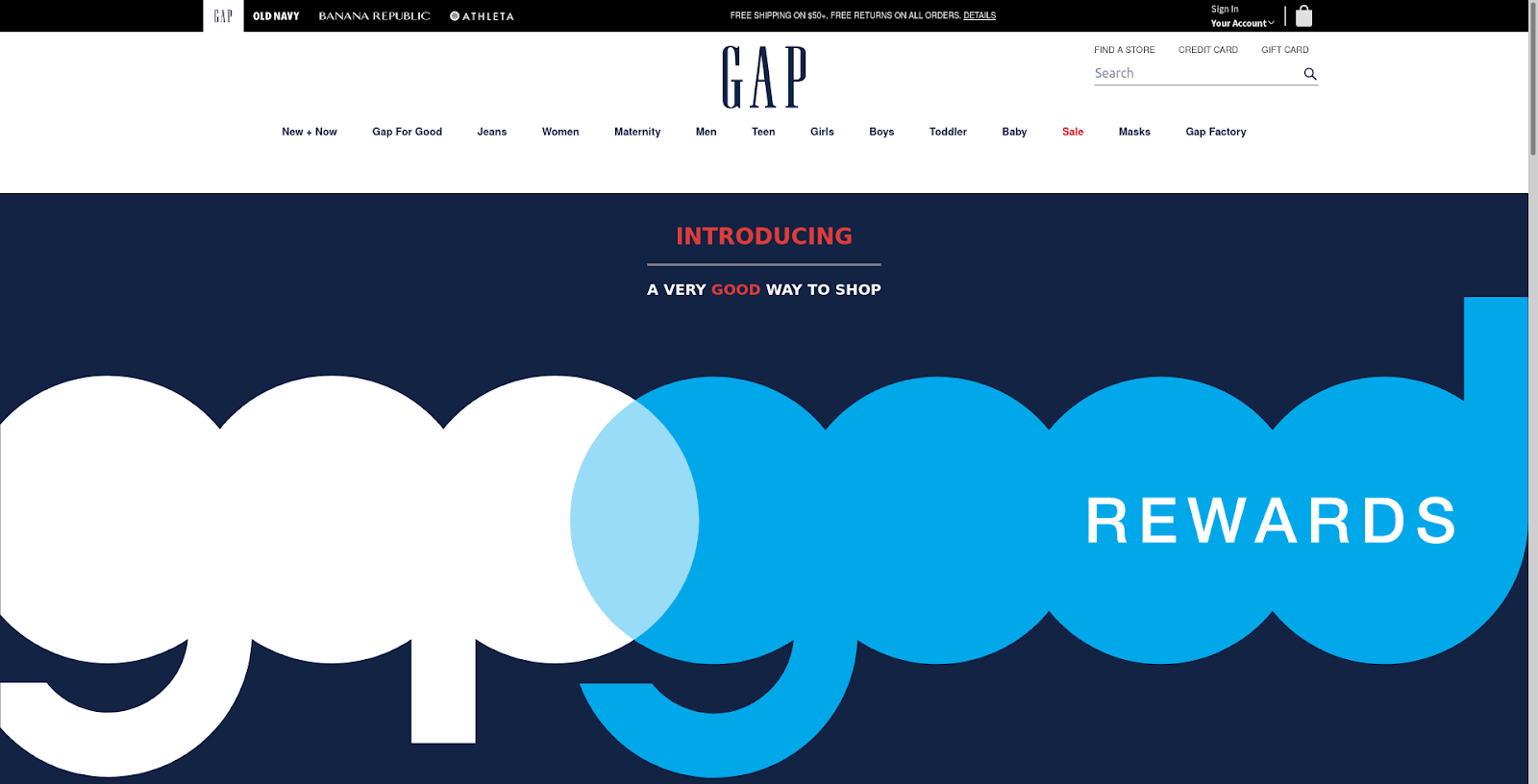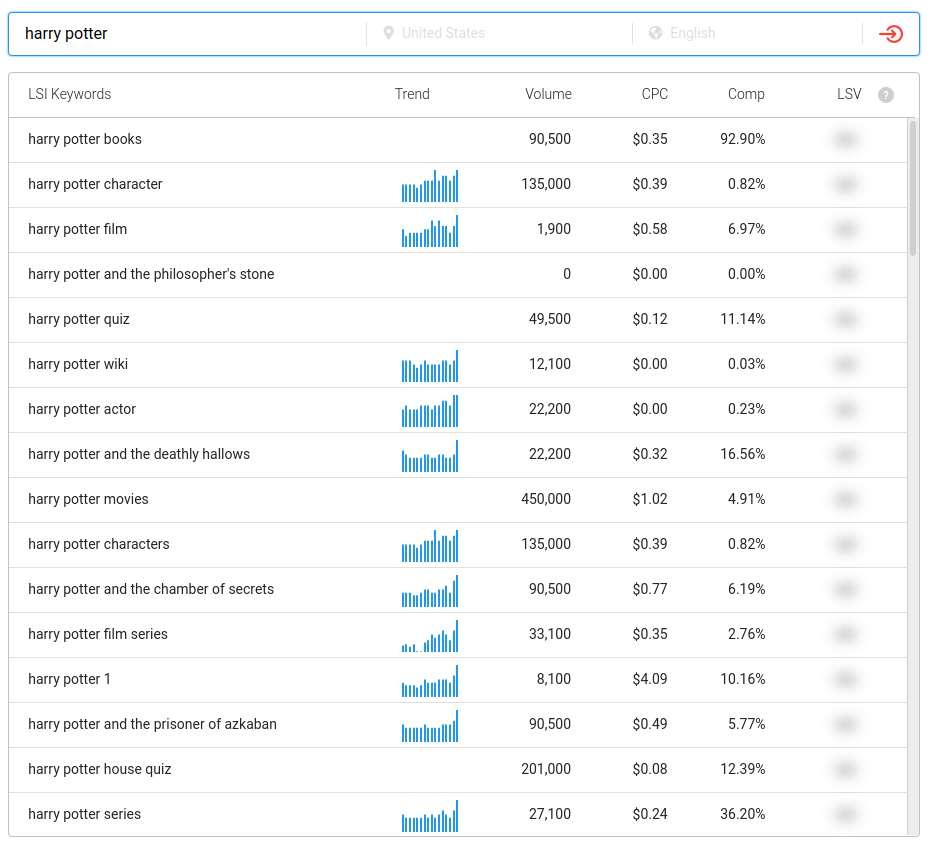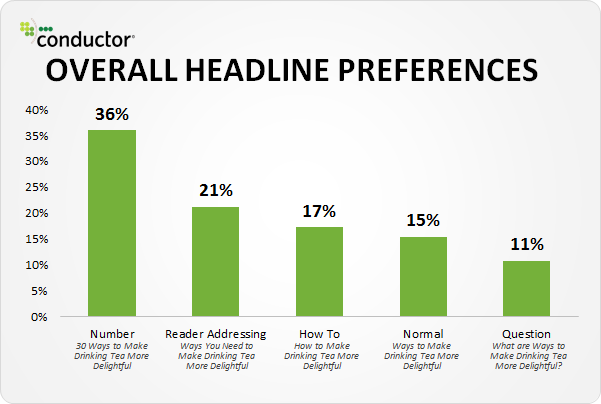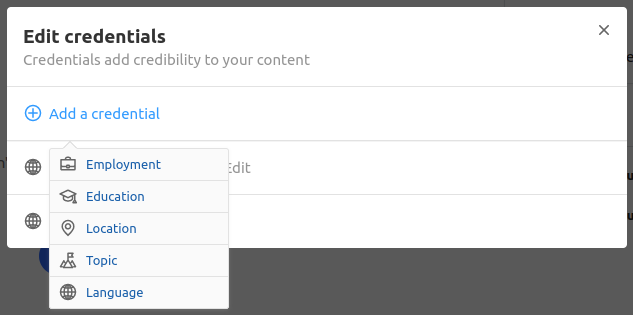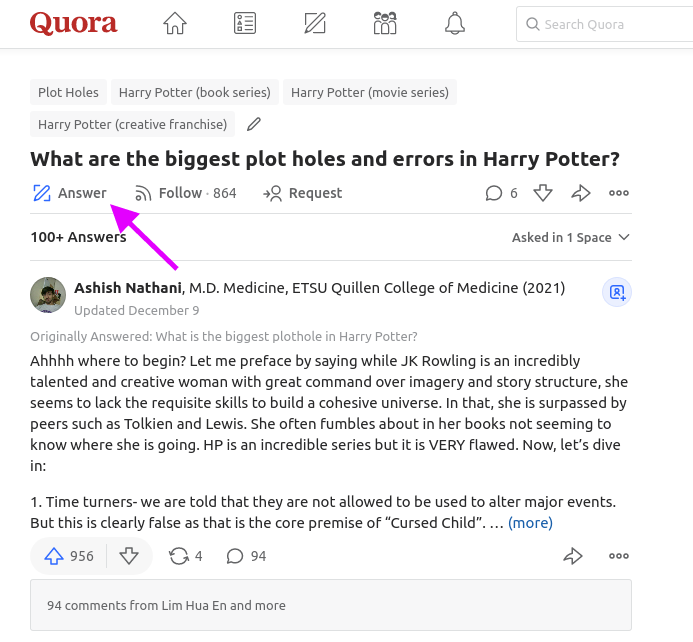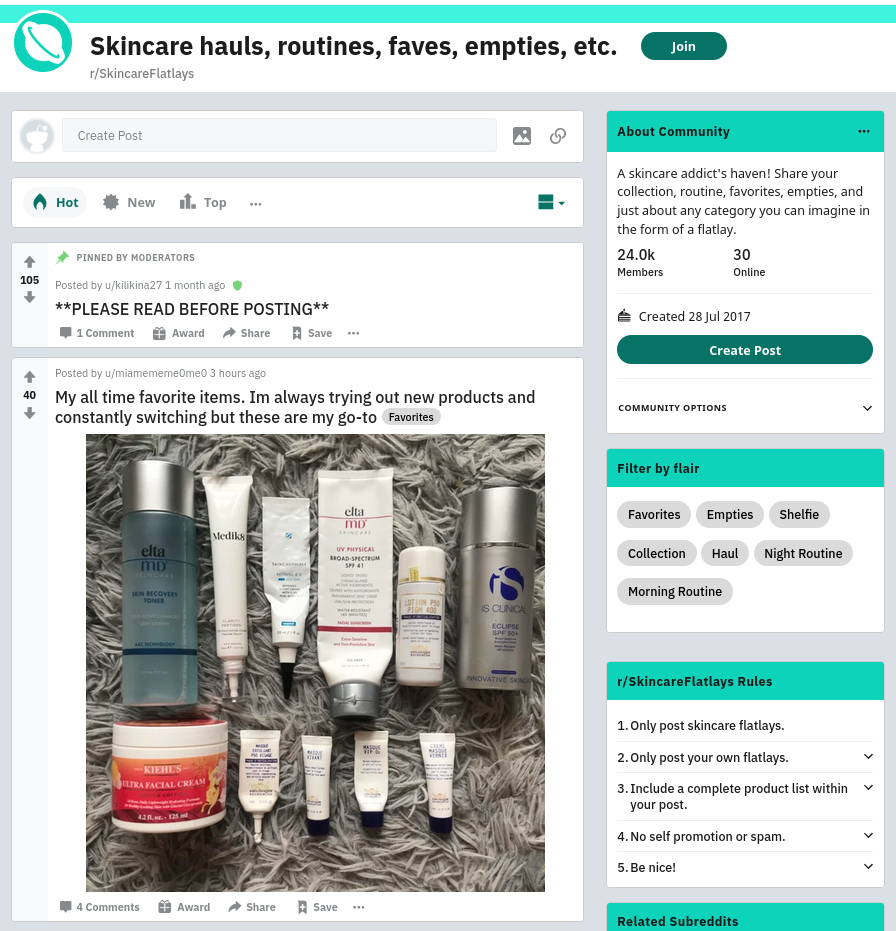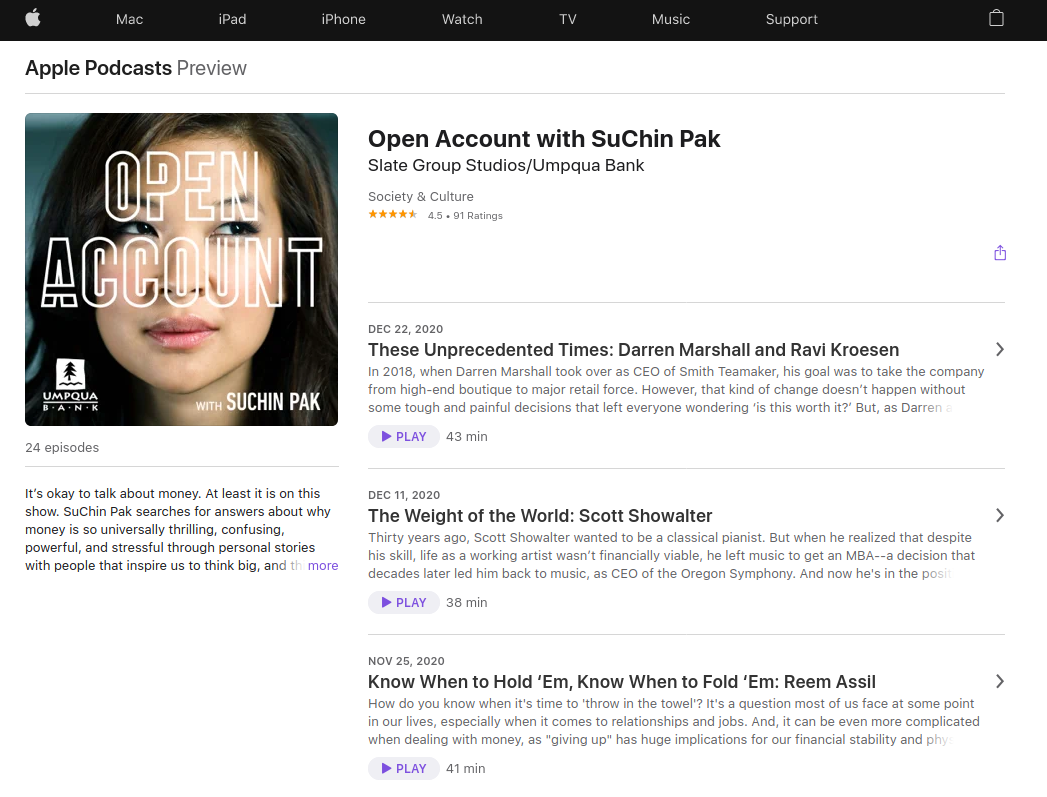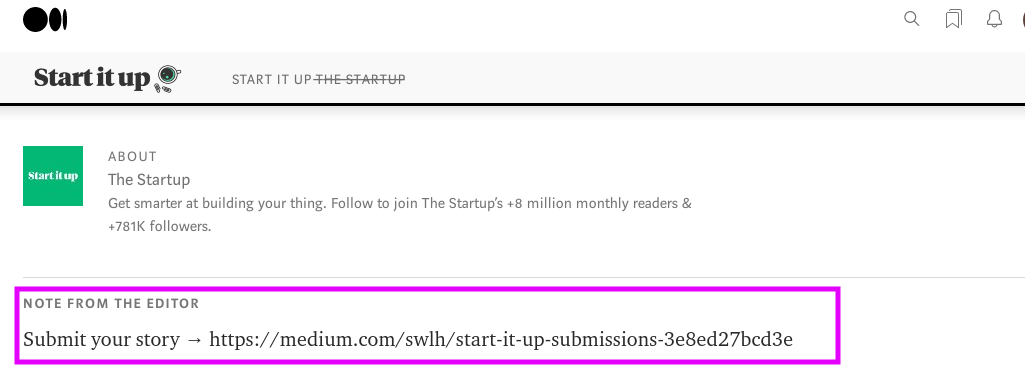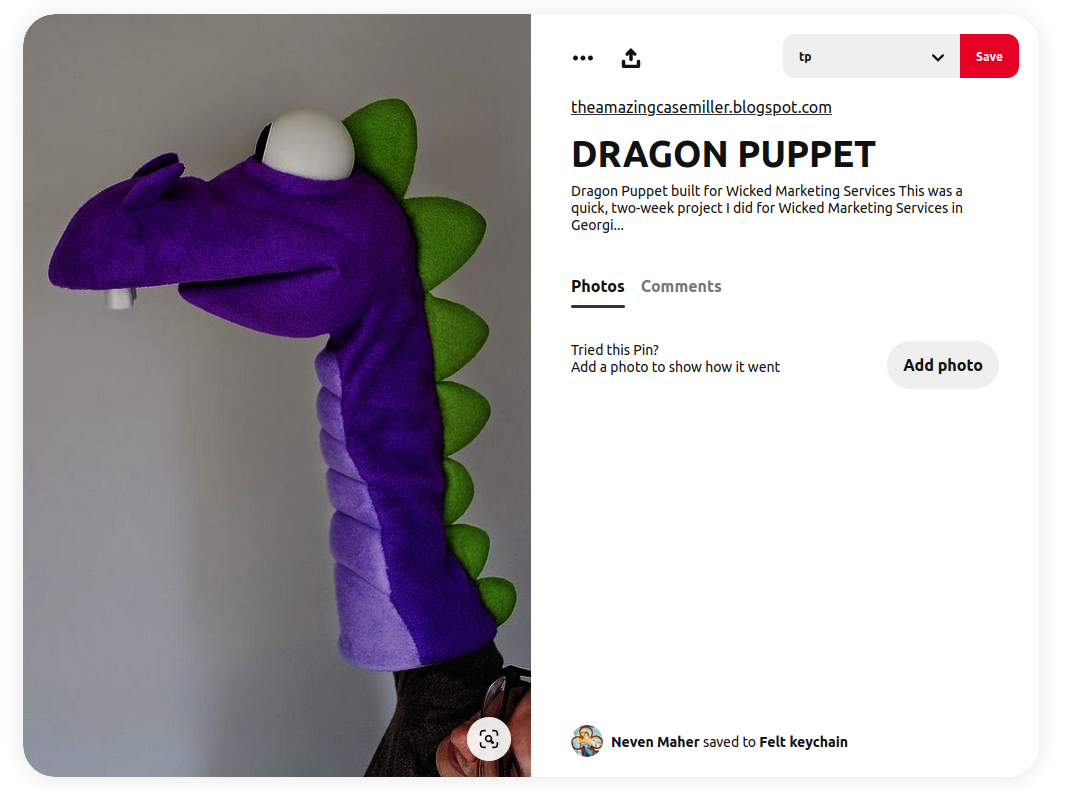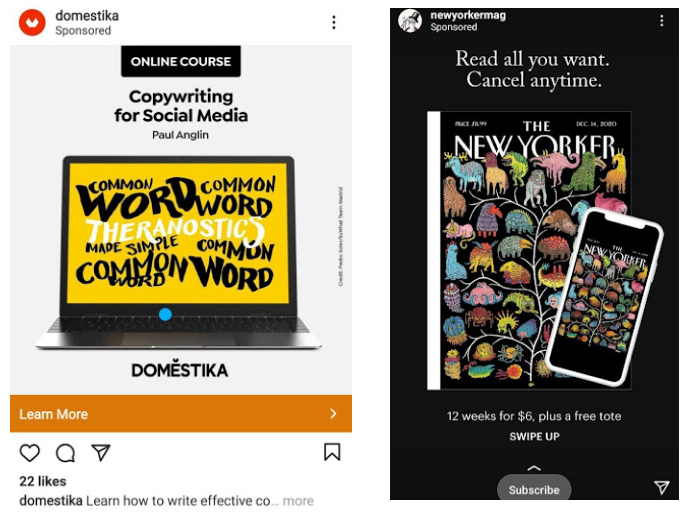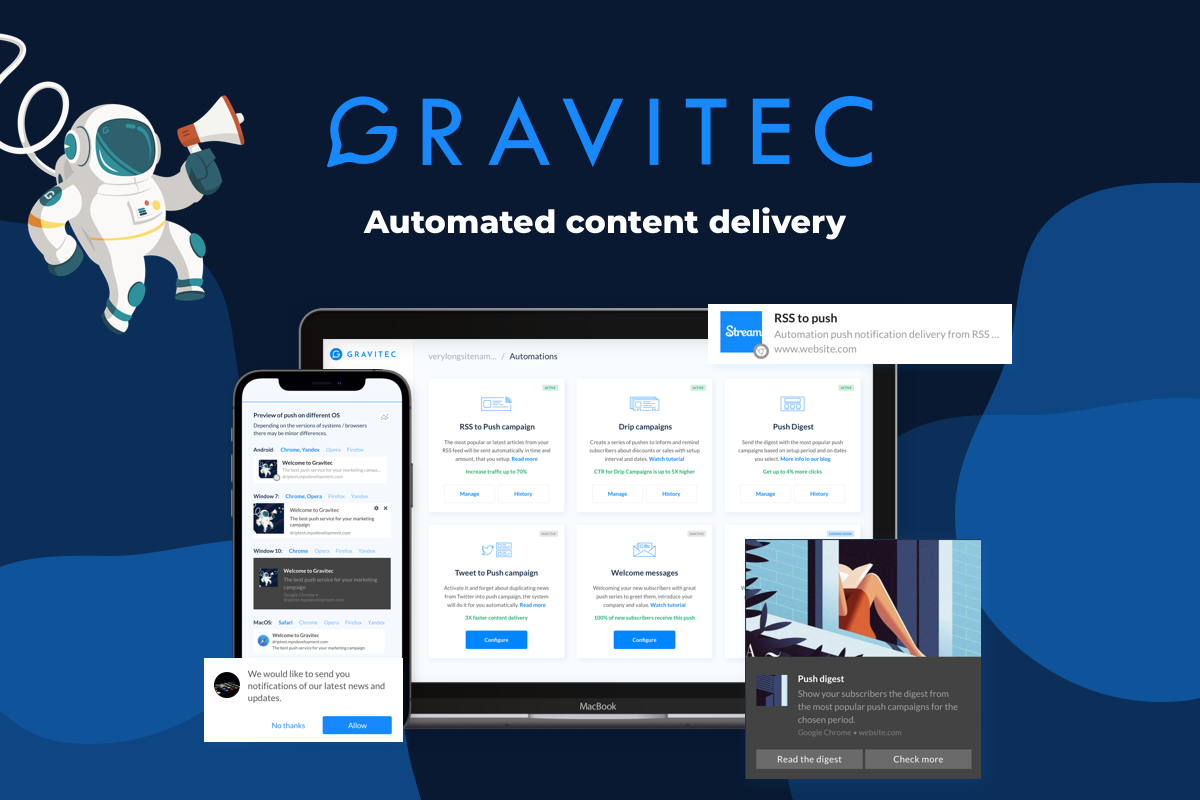Here we cover ways to get traffic to your website. To make this guide easier to read, we’ve split tips into categories based on the source of traffic.
Know your traffic
But before starting with tips on getting traffic, first answer a question. How do you know your efforts on driving traffic to a website are successful? You don’t unless you know how your website is doing. Measuring traffic will give you insights into what works and what does not to build an engaging website. Monitor web traffic and analyze user behavior with Google Analytics and similar services. 
What can you track?
- your visitors’ demographics
- browser statistics
- time spent
- conversion rate
- visitor acquisition cost
Use Google Analytics
It’s a website analytics tool. Site owners use Google Analytics to see the overall site traffic, the average time spent by visitors to the site, the number of pages visited, the traffic sources (direct, organic, referrals, paid traffic), and the keywords that generated the organic traffic.
You can generate a report in Google Analytics by selecting “Acquisitions” → “All Traffic” → “Channels” in the settings panel. This report shows your traffic split by channels, number of users acquired, bounce rate, pages per session, and average session duration. You can also see how many people have clicked the call-to-action button in absolute numbers and percentages. Compare each channel, and you’ll see what marketing endeavors you should invest in.
Use UTM
Whenever you create a landing page, a new social media post, or newsletter, add UTM parameters to learn where your visitors come from. These are pieces of code that help Google Analytics identify the right source and campaign you want information on. You can use a tool Google created for building UTM links.
According to data from 65 million e-retail orders by over 120000 merchants, social traffic represents a decent 6%. Direct and Search traffic make 40% and 34%, respectively, showing more value.
Direct traffic
Direct traffic comes from people getting to your website on purpose. It means the users have typed your website URL or through browser bookmarks, not searched for something along those lines.
For users to keep returning to your websites, you’ll need a website with user-experience in mind. The better service you provide, the more customers will return to your website. Direct traffic also is everything Google Analytics didn’t recognize. It can come from various sources. The tool would categorize traffic as direct if a user clicked a link that wasn’t in a browser (PDF or QR-code) or used incognito mode, etc. Traffic isn’t always tracked properly, but it’s always a good idea to focus on activities that drive brand awareness.
Social media traffic
If you want to increase traffic, go to the places online where your target audience spends time and shares content. And people do spend a lot of time on social media: Statista found that the average daily social media usage of internet users worldwide amounts to 145 minutes per day. How do you leverage your social media presence to get more traffic for your business?
Study Your Audience. The more visible your content is, the better your chances are to get traffic to your website. Try posting at different times and analyze your post performance. Use Insight on Facebook and Instagram to understand your readers’ patterns.
Plan Your Content Calendar. A content calendar is a schedule for organizing your upcoming content. It can get as simple as dates and topics you plan to cover. Despite being a simple tool, it helps maintain consistency and helps keep your readers engaged. This way, you’ll set a strategy to create content that can generate highly targeted traffic.
Optimize your profile. Every social network has requirements for what makes an effective profile. Start with following experts in your niche to see what works. Here’s our guide to links on Instagram, where you can see how to maximize the link in bio. Also, make sure you do not miss any information while filling in your profile details. Ensure your social media biographies include relevant keywords.
Create content your users would want to share. You’ll boost website traffic if more people share links to your content on their social media. Here’s how to make it easier to share your quality content:
- Add share buttons. There are tools to add attractive sharing buttons to your website, like AddThis.
- Promote sharing snippets of your posts with the Click to Tweet feature. Find something “tweetable,” for example, a quote or strategy. Create a link and include it in your content. This way, your readers will get a pre-written tweet for easy sharing.
Engage with influencers. Influencers on social media can have millions of subscribers, so they can boost your social media traffic and get more exposure for your social media profile. Create an interview with an industry influencer, or ask them about collaboration.
For example, Adidas partnered with Kanye West to create Yeezy, a high-end footwear line. It was quite a success: Adidas’ net income climbed 19.5% to $1.9 billion in 2019.
Use great images. Buzzsumo’s analysis of 100 million articles found people are more likely to share articles with images on Facebook.
When creating a link post, use a link management tool to create a preview to match your profile’s aesthetics and the platform’s size requirements. We use piar.io to make sure our link looks fantastic on any messenger or social media platform.
Create videos. According to the Impactbound team, video content generates up to 1200% more shares than text and images. One way to make the most of your YouTube channel is to cross-link content for your website and YouTube channel. Create a YouTube video related to the post on your website and embed it in the actual post. Then add the link to that post to your video description. This way, you’ll get more links from YouTube videos to build authority for your site. People will also stay longer on your page while watching the video, which improves ranking.
Add Call-to-action. When people see your post on social media, they would often keep scrolling because they’re distracted or simply don’t know what you want them to do. Write cations to tell your audience what they should do next: “learn more” or “visit our website.” The goal is to create a persuasive copy that nudges your readers towards clicking.
Use LinkedIn’s power. LinkedIn doesn’t seem to be the place to go to if you need traffic for your website, but 52% of buyers say LinkedIn had the most influence on their decision. If you have a B2B service, then LinkedIn is a must for your marketing campaigns, as over 50% of all social traffic to B2B sites comes from LinkedIn. Post videos and relevant PR news.
Repeat Traffic
Attract users’ attention via push notifications. Push notifications are sent to your users’ desktop and mobile. First, a user has to agree to get push notifications, so you’ll get visitors that are already interested in your website. To send push notifications, you can use tools like Gravitec. Start a campaign and turn your subscribers into returning visitors.
Here are some ideas on how to use push notifications in your industry.
Lead Magnets. They will depend on the stage of the customer journey. They can include trials, e-books, cheat sheets, email series, guides, tools, etc. The specific form doesn’t matter as long as it meets your reader’s needs or your buyer persona.
For example, copywriter Ashley uses quizzes as a lead magnet.
Customer loyalty program. Offer exclusive deals and rewards to your loyal readers. For example, the Gap Good Rewards program offers two tiers: 2% back for regular members and 5% reward for credit card members. The points are automatically converted into $5 coupons. The reward is active for six months.
Organic Traffic
Organic search traffic refers to visitors that land on your website because of search results. It brings you a warmer audience because people who search for something they already need on the internet, so they’re ready to buy your product or service if it does the job.
It should work like this. Say you have a baby store in Boston. Your potential customer searches for a specific formula brand or ‘baby formula boston.’ If you have optimized your website for search engines, your website will pop up on the search results’ first page. The search engine will put you there for free if your website gives visitors what they are looking for. Of course, it’s not that easy: your website will be evaluated based on the search engine’s requirements. The best websites will get to the first page of the search.
Get your SEO straight. Get a list of requirements for the search engine. For example, here’s Google’s SEO Starter Guide. You may require the help of your website developer to implement them. Be patient; it takes the search engine some time to recognize your efforts.
Here’s what to consider:
- on-page SEO
Some on-page SEO elements include the page title, header, meta description, image alt-text, URL, etc. For straightening out title tags use Moz’s preview tool to see how they will appear in the search engine.
- local SEO
46% of all Google searches are local. Claim and optimize your Google My Business listing. Research your keywords. You can use just that or try research tools and Google Autocomplete. Add your information to Apple Maps. It’s widely used as a default app on iPhones, and Apple owners make a third of smartphone users, so it’s a group with tapping into.
- technical SEO
It focuses on how pages are set up and organized. Factors include elements like page speed, crawling, indexing, and more. Start with fixing broken links and redirects, setting up language meta tags, and adding custom H1 and introductions to topic pages.
- create rich snippets
Rich snippets are search listings that include information about a product’s price, availability, and review count. They help learn more about a particular product or site at a glance from the search results page without visiting it. A study by Search Engine Land on rich snippets found they can increase the number of people that click on your page by up to 30%. You can use the Google Structured Data Testing Tool to make sure there are no display problems. Rich snippets can take some time to appear in search listings, so don’t worry if you don’t see them right away.
- optimize your website for the right keywords
Use keyword tools like Ahrefs or SEMrush to find keywords to match your niche. Once you got the right keywords, update your headlines, develop alt tags for image links, update the HTML page title and meta description tag.
- optimize your content with LSI keywords
In 2019 Google introduced a new ranking algorithm to deliver the most relevant search results. The newer version of the algorithm goes beyond keywords; Google now understands topics. LSI (which stands for “latent semantic indexing”) words are the way to make sure Google understands your content’s topic; they are related to your target keyword. Let’s say you’re considering writing a post about a boy who lived. Use LSIgraph, a keyword search resource, to find all the LSI keywords related to your topic. Add them into your post, and you’re all set.
- make your website mobile-friendly
Google has mobile-first indexing, so your website has to be responsive. See if your site will work with AMP or accelerated mobile pages. They aren’t the solution that fits all, as it removes some features of your website to speed up the load time of your webpages on mobile, but it creates better mobile user experience. To see if your website is optimized for mobile, use a free tool, The Mobile-Friendly Test. You’ll also get recommendations to improve your site.
- Increase Your Website Loading Speed with CDNs
A slow-loading website would be a deal-breaker for many users. So instead of losing those who won’t wait a couple more seconds, why not boost your website’s load time? Use CDN or content delivery network — it has its network of servers and minimizes the distance between your user and your site’s server. Your content will be delivered quickly to any user. It doesn’t just create a better experience but sends good signals to search engines and improves your rating.
Check whether your site is easy to use. If the user quickly finds what they need on the resource, the links are clear, and one can make an order in a couple of simple steps — then the website site has high usability. In this case, people will spend more time on the site and return, improving traffic. Low usability leads to a high bounce rate — when a person visits the website and leaves after 10-15 seconds. Search engines take the bounce rate into account and, accordingly, lower the site in their rankings.
Update Content on Your Website. Add additional information, merge posts to create a long read. Evergreen is not just an SEO play. You should take every opportunity to get eyeballs on your best-performing articles. New subscribers to our blog get a welcome email that includes classics from the vault, while our weekly newsletter includes an “In Case You Missed It” section where we highlight one of our previously published posts.
Create content that interests people. Use resources like Answer the Public to see what people are asking on your topic. For example, here are the most popular questions around ‘harry potter.’ Just drop in your keyword, and you’ll get loads of question ideas.
Reinvent your content. For example, turn top pages into video content. Create an audio version of your article. Make infographics for Twitter. It will give you additional views — some people won’t read the articles, but they’ll keep the infographic. You’ll have more time for other tasks because the material is not made from scratch.
Publish long-form content. Buzzsumo analyzed over a million articles to see what content worked best. They found that long content (>3k words) gets an average of 208% more shares than short articles.
Stop people from leaving the website. Internal links connect one page of your website to another page of your website. They play an essential role in helping pages rank in search engines because of the Google metric called PageRank. Internal links will tell Google how important a page is on your website. It will also help Google navigate your content, so it will be easier for Google crawlers to find new content that you publish and link to. Technical benefits aside, internal links will make people stay longer on your website if you provide links for relevant content.
Make list posts. Buzzsumo found people share list posts six times more than how-to posts (and 40x more times than infographics). Another study has confirmed that people respond better to posts with a number in the headline.
Spy on your Competitors. If you want to stay ahead of the game, check what your competitors are doing. Use the Site Explorer tool on Ahrefs or Domain Overview on SEMrush to find insights on competitors’ traffic. These tools will give you information about organic keywords, traffic, top-performing content, and backlinks. See what topics make the most traffic. Create great posts around the same keywords.
Edit the tags. For posts to be shared, customize the pages for Open Graph and Twitter Card. The Open Graph Preview of the page can be viewed with the Open Graph Preview plugin. The plugin displays what a repost will look like.
Encourage comments. After reading, the reader should know what to do next. To get a repost, ask to share their opinion or refute specific talking points. Allow people to register and leave reviews through social networks. It’s easier for website visitors than registering, and search engines get information from the site about user activity and offer them interesting content. And you get more traffic.
Referral traffic
Referral traffic is about users who came to your website from another resource.
Promote content in relevant online communities. There are different online communities you can use for driving traffic to your website:
- Quora
Quora is a Q&A site where any user can ask questions or answer them. In your profile, fill out the “Credentials” section to show readers your areas of expertise.
Start with finding relevant questions to answer. You’ll find a thread covering almost any topic. Find Quora threads or questions that rank in the top 10 results on Google. If your answer is in that thread, you can generate tons of traffic with a link to your website.
Provide a good answer, include a link to your content if it makes sense. The rule of thumb here is consistent with the whole content marketing strategy: provide value.
- Facebook Groups
You can either create your own group or join an existing one. Starting a group can be beneficial for raising brand loyalty and creating a community around your brand. Also, it will get your content to your readers better than posts from a brand page: according to Facebook, they prioritize content from Groups that users frequently engage with.
When you join a group in your niche, study community guidelines: self-promotion can be frowned upon, so start with being an active user. When you have solid karma, you’ll be able to share your content as well.
The most popular content on the platform is aggregated on the main page. However, there are also thousands of threads called subreddits. You can find a subreddit on nearly any subject. Let’s say you have a website selling skincare products.
Navigate to a few subreddits such as /r/skincareaddiction, as there’s much discussion on all aspects of skincare. There are also subreddits like /r/skincareflatlays, /r/cosmeticchemistry, or simply /r/skin.
Pay attention also to the Reddiquette guide and always read the rules of your subreddit. They’re always found in the sidebar to the right of the subreddit. Some subreddits don’t allow promotional material, but you can post relevant advice.
Speak in a podcast. You can create a podcast, of course. For example, Oregon-based Umpqua bank use this strategy to make their brand more recognizable and create expert content.
You can also visit relevant podcasts as a guest. 55% of the US population have listened to a podcast. You’ll at least get a backlink in the episode’s description.
Here’s how to approach podcasting as a guest:
- Find podcasts in your niche.
- Write what you can bring to the table.
- Find the contact form and contact the podcast team. Look at places like Stitcher and Podbean. Or you can just google ‘your niche + podcast.’
However, podcasts aren’t as straightforward for generating traffic. People listen to podcasts on the bus or at the gym; there’s no link to click for them. You have to find other ways to drive traffic. Shuang Esther Shan, who manages the Shopify Masters podcast, says they create a summary with a link to their blog, publish a key summary and a transcript on their blog and create a list of relevant resources if an episode covers many tools.
Collaborate with other brands to expand your audience. Find non-competing brands with similar target audiences. Think who solves a different problem for the same audience. This way, you’ll get new subscribers and expand the image of your brand. For example, Best Friends Animal Society partnered with BuzzFeed and created The Kitten Interview with Emma Watson. The article on BuzzFeed ends with CTA.
Write something on Medium. You can either create original content or republish your articles on Medium, or comment on other articles. When you publish your piece, share it on social media. When Medium sees that people are engaging with your post, they’ll promote it within their platform. Here’s a list of Medium top publications to choose from. You can also submit your content to Medium Publications. There are many to choose from, covering topics from startups to relationships.
Write guest posts. Guest blogging means you create content for other blogs. In return, the site owner will usually allow you to link back to your site. This way, you’ll get external links from trusted sites. The search engines will understand that you can be recommended to users. You can google for websites with a “Write for Us” section, or just contact blogs that post in the industry you’re interested in. Don’t forget to mention your product or service when it’s appropriate. For example, you can include ‘helpful resources’ sections in your post and list your website as one of them.
BufferApp manager Leo Widrich says that guest posts brought his project 100,000 users in less than a year. To achieve this result, Leo wrote 150 articles on external sites.
Promote your content with blogger outreach. Find bloggers that share content on your topic and let them know you have new content. Before you do that, do some research to find people who actually might be interested in reading your article. Don’t ask them to share it; just make it that good they won’t be able to resist sharing it.
Use services like Quuu. Quuu is a website that automatically lets you promote your content to the right audience. Submit your content by adding an RSS feed. They’ll ask influencers to share it on Facebook, Twitter, and LinkedIn. Their plans start at $50 per month, but it might be a way to deal with promotion if you need to outsource it.
Give Pinterest a try. A service where you can collect images by topic. Clicking on an image takes the user to the website where the image is located. You can also add images, videos infographics.
Use bright images (preferably vertical, 700×1200). Give the images relevant and understandable names, and use key phrases.
Paid
Google Ads. Your website shows up when your potential customers look for a product, service, or solution with search advertising. It’s a great source to tap into: 90% of internet users see Google Ads. Emarketer reports that 35% of users purchase a product within five days of searching for it.
Paid search works for products or services that fit into a well-defined category (will have a defined keyword) and requires research. Put yourself in your audience’s mind and offer them something relevant and valuable enough to act on — both in your ad and on-page. Use engagement from other sources. Let’s say you have a newsletter with excellent results. Use its theme or visuals in an ad to maximize your effort and grow paid traffic.
Get Facebook Ads. With roughly 2.8 billion monthly active users, as of the first quarter of 2020, Facebook is the largest social media platform in the world. Its advertising platform lets you target users based on their interests, behavior, location, and more. You can also target people who like your competitors, especially if you can provide a better offer. Retargeting is another option for Facebook ads. You need to have your Facebook Pixel installed and tracking your site traffic and website events.
Ads on Instagram. You can run different ads: photos, videos, carousels, collections, and stories. Choose a format based on what fits your business best. With social media, it’s best to be ready to test and adapt. You’ll need an Instagram Business account to get started.
Influencer Marketing. Twitter users are 5.2 times more likely to buy if influencers promote the product. So, influencers might be the way to get the word out and provide your campaign with some social proof. Depending on your niche, you can ask influencers for testimonials, ask them to promote a sale or do an interview. Look for influencers in your niche on social media channels. Aim for influencers with a decent following who are active on their media.
Summary
There’s no solution to fit all kinds of businesses for driving traffic to your website. Try one of the listed tactics and see how it works. However, you might want to diversify your traffic sources because, for example, social media traffic depends on algorithms that tend to change, while organic traffic could be more stable.
If you’re running a blog, see additional tips on how to drive traffic to your blog.





